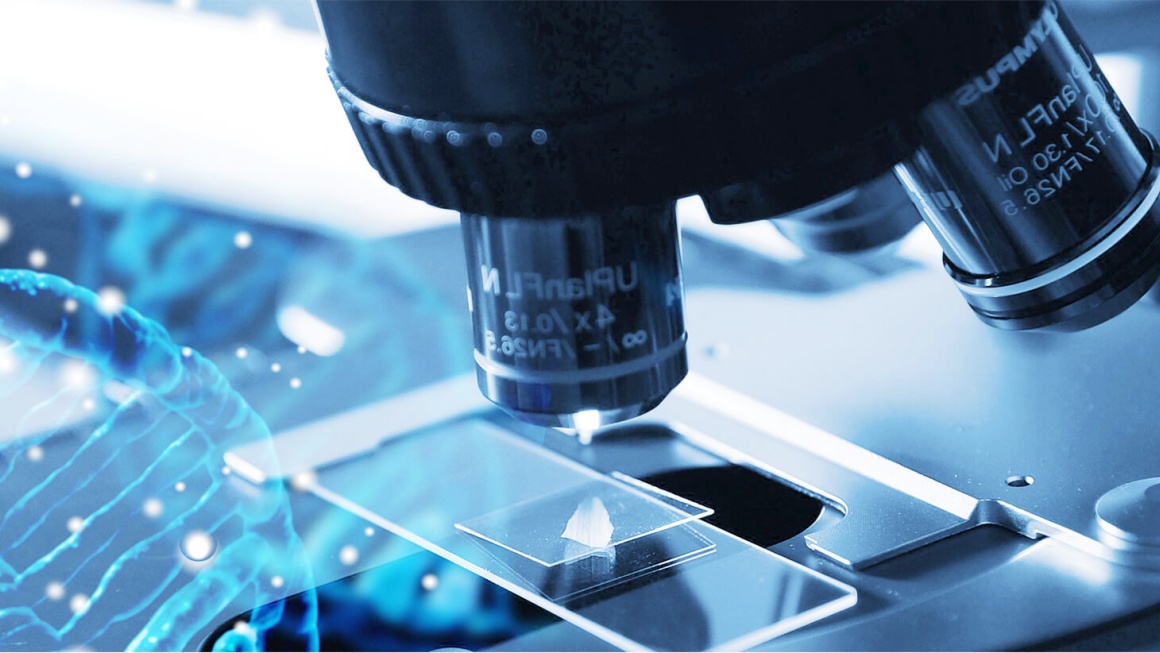Photodynamic therapy (PDT) is able to kill cancer cells using reactive oxygen species, and it has a wide application in cancer treatment. However, its efficiency can be severely restricted by the hypoxic nature of most solid tumors and also can be reduced by the hydrophobicity and limited tumor selectivity of some photosensitizers.
To overcome the limitations, the research team designed a photosensitizer-Pd@Pt nanosystem (Pd@Pt-PEG-Ce6) to achieve highly efficient PDT. With catalase-like activity to decompose H2O2 to generate oxygen, Pd@Pt nanoplates in the nanofabrication were first modified with bifunctional PEG (SH-PEG-NH2). Then the Pd@Pt-PEG was covalently conjugated with the photosensitizer chlorin e6 (Ce6), thus the Pd@Pt-PEG-Ce6 nanocomposite was obtained. The advantages of the Pd@Pt-PEG-Ce6 include good biocompatibility, long blood circulation half-life, efficient tumor accumulation and excellent imaging properties.
Both in vivo and in vitro experiments showed that Pd@Pt-PEG-Ce6 could effectively deliver photosensitizers to cancer cells/tumor sites and produce oxygen by triggering the decomposition of endogenous H2O2 to obviously enhance the efficiency of PDT. In addition, the moderate photothermal effect of Pd@Pt nanoplates could strengthen the PDT of Pd@Pt-PEG-Ce6. As a result, Pd@Pt-PEG-Ce6 could become a promising nanotherapeutic platform for enhanced cancer PDT by integrating the advantages of high tumor-specific accumulation, hypoxia modulation function and mild photothermal effect into a single nanoagent.




